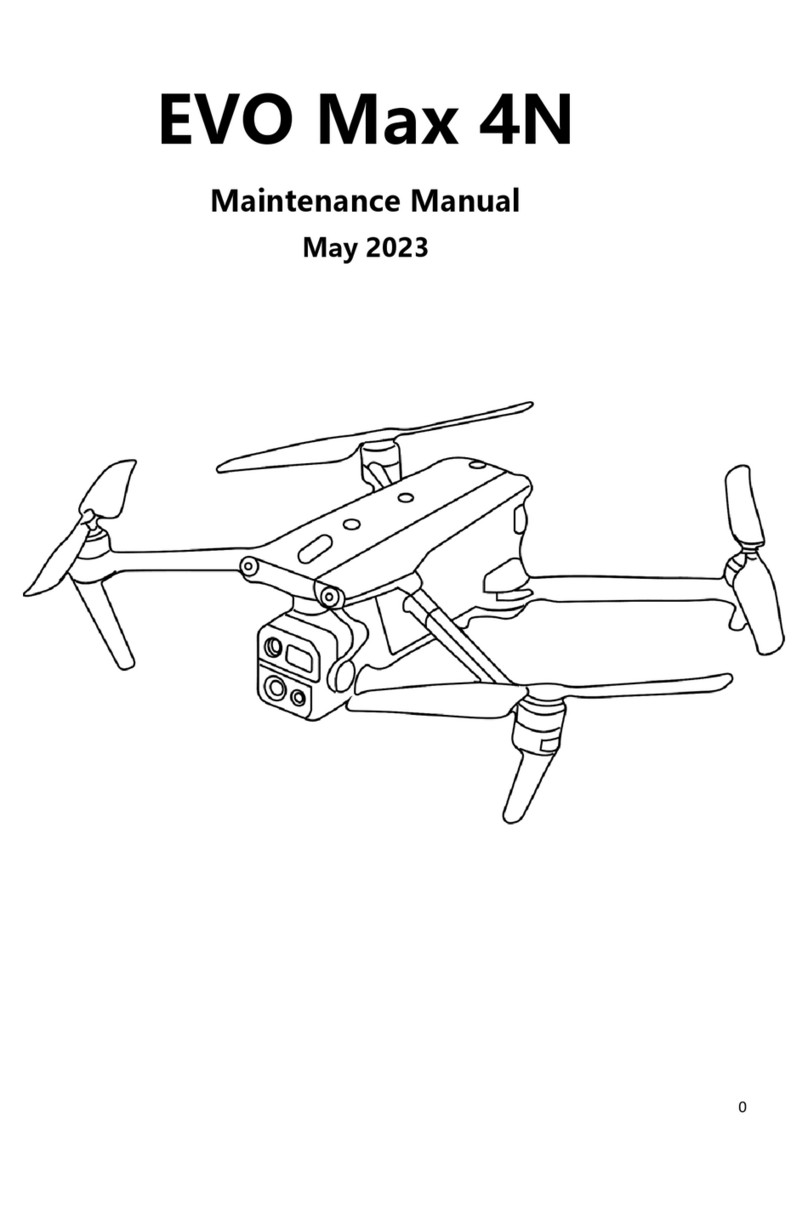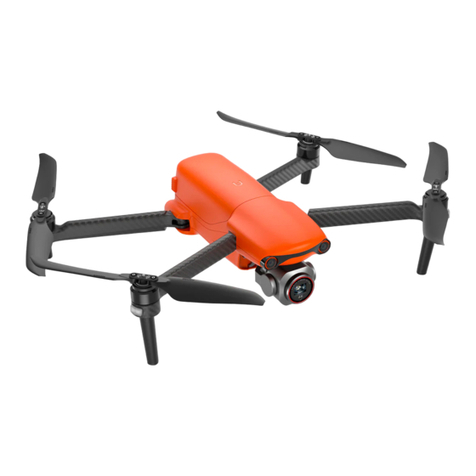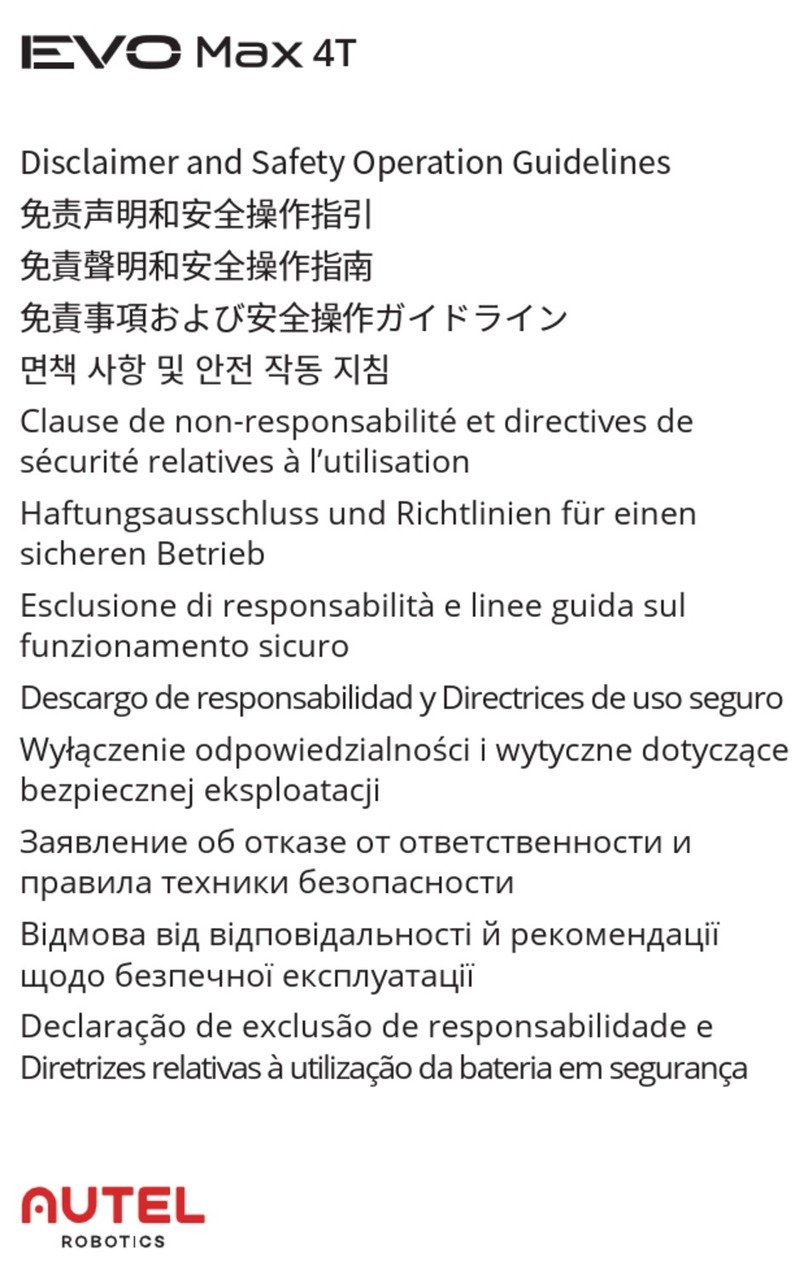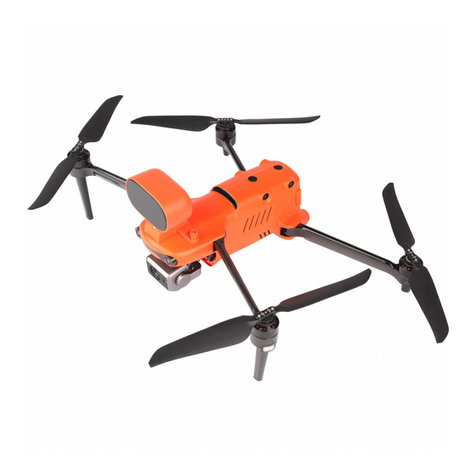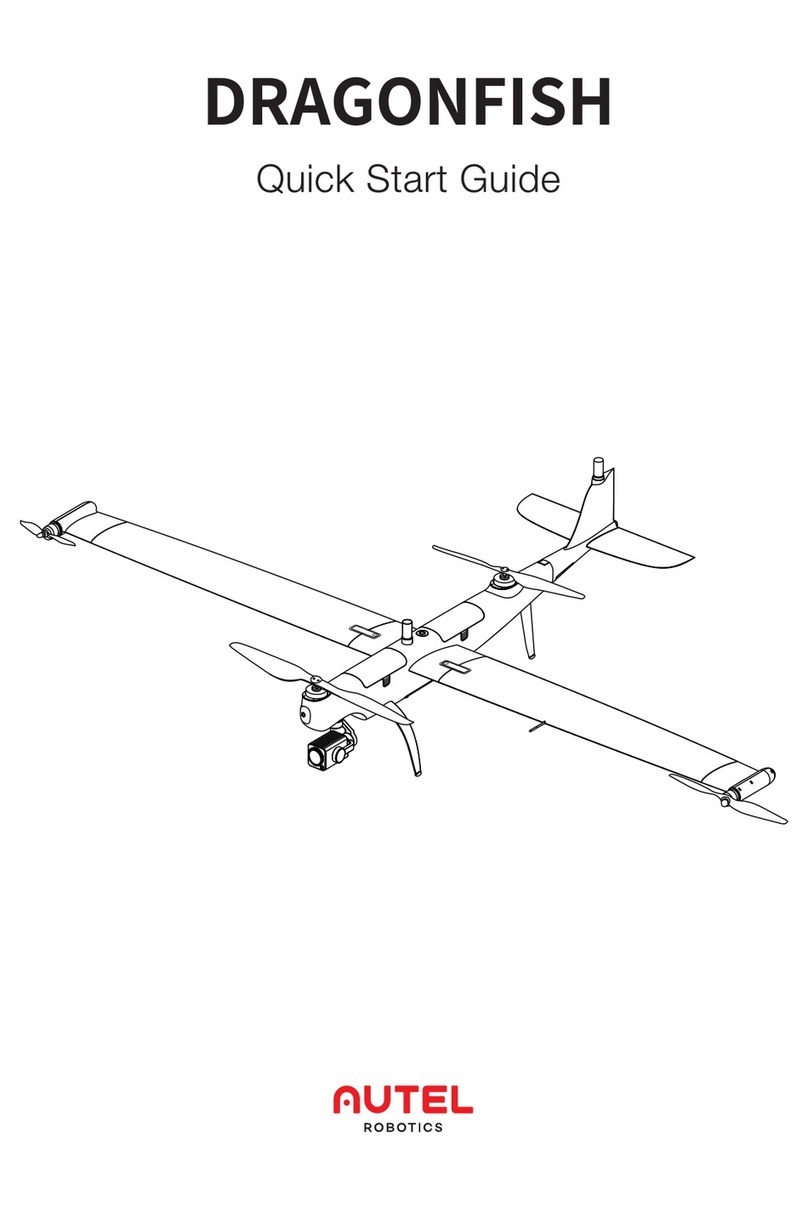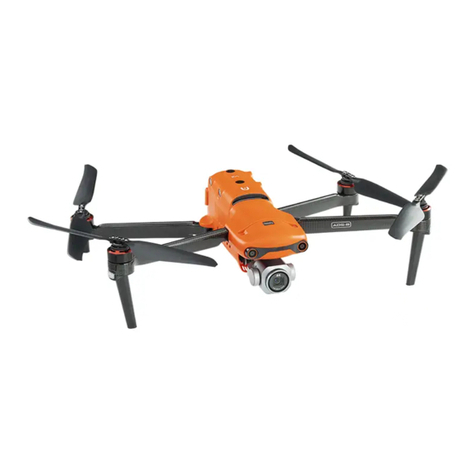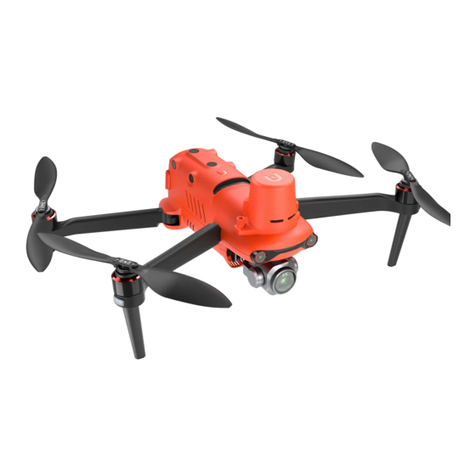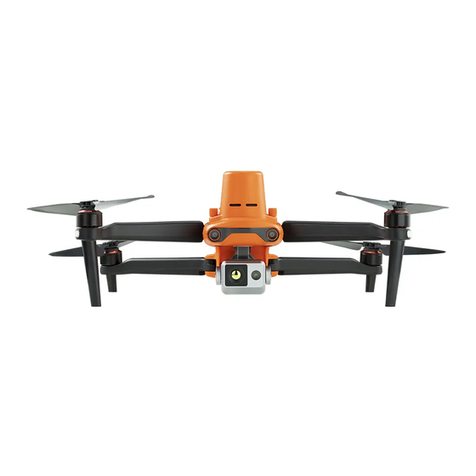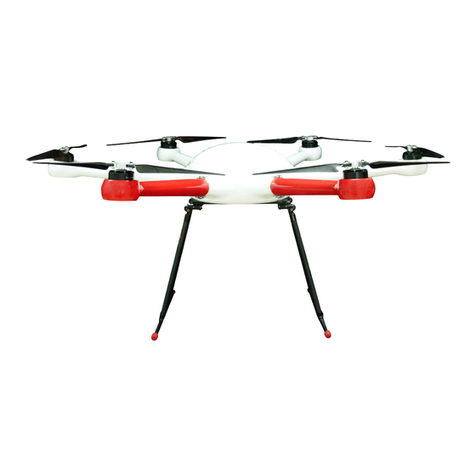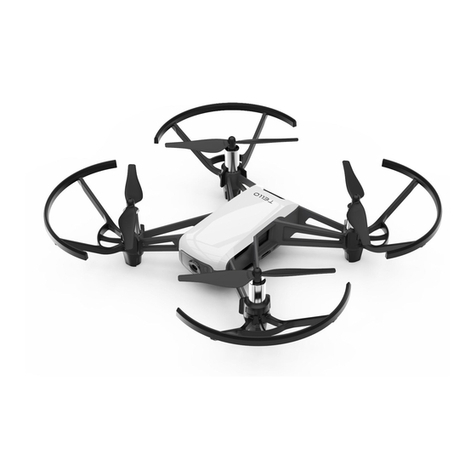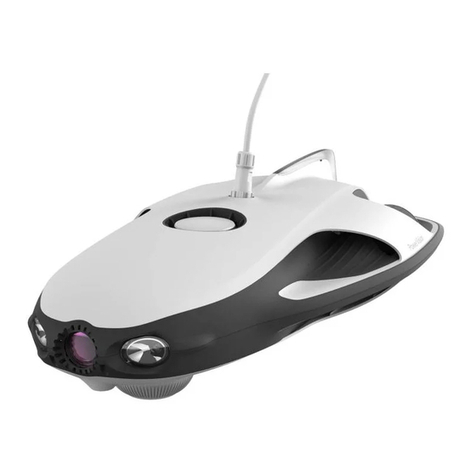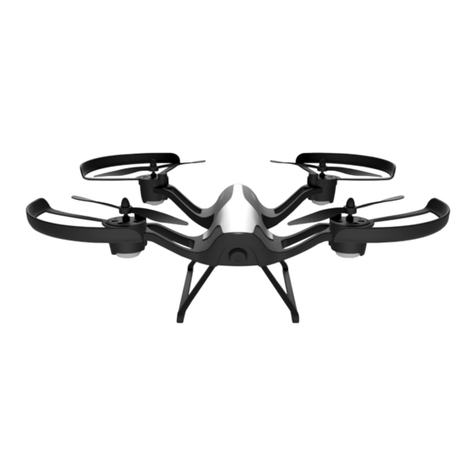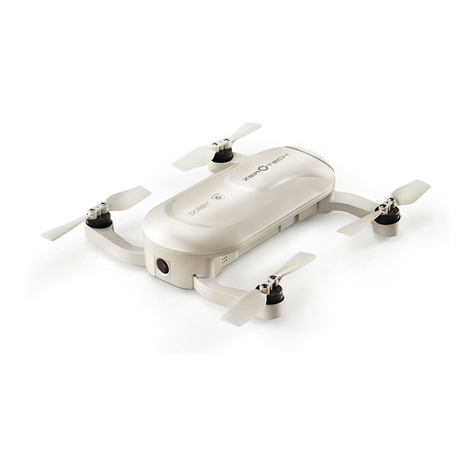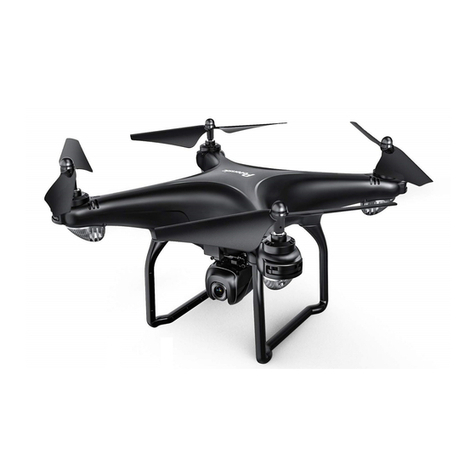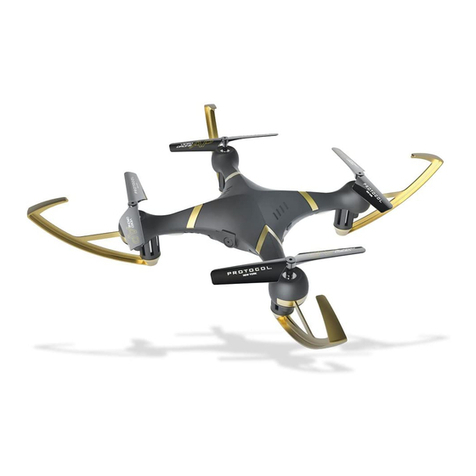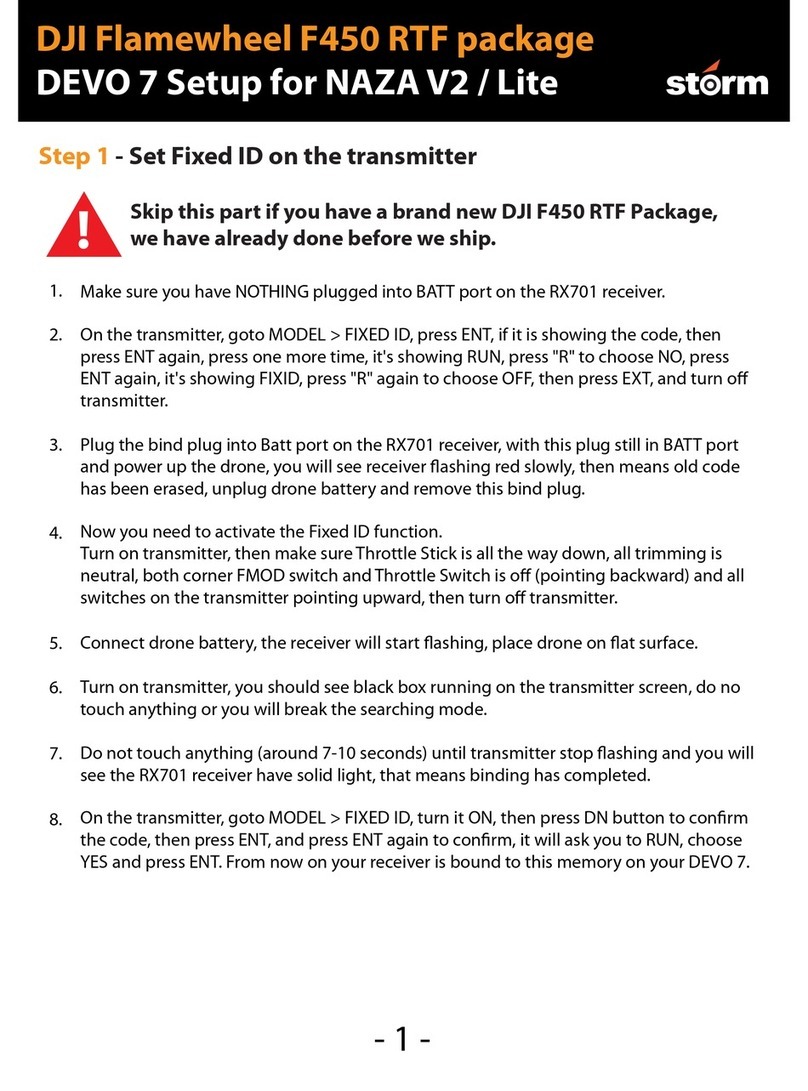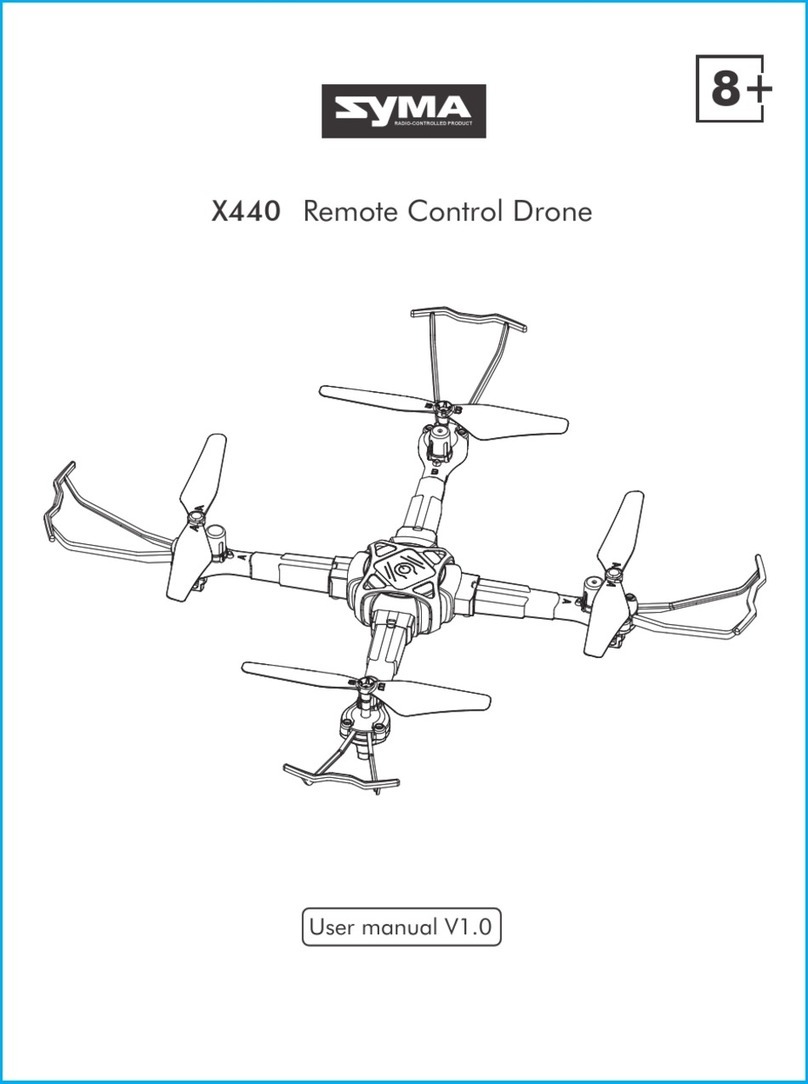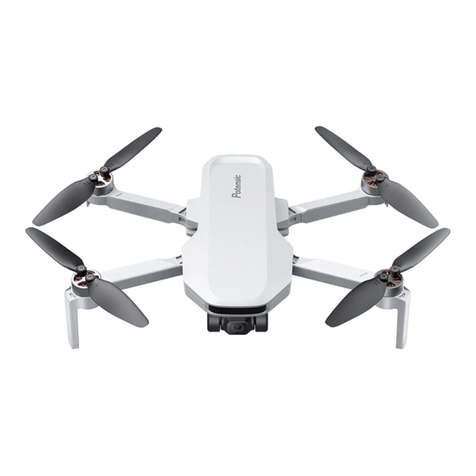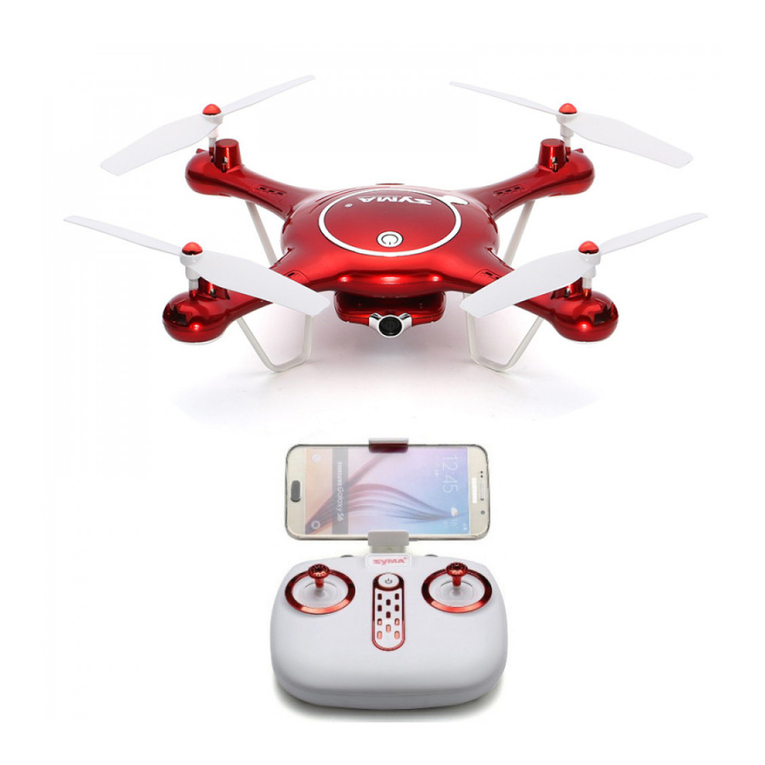
Terms for Usage
Thank you for your interest in the industry aircraft products provided by Autel Robotics Co.,
Ltd (hereinafter referred to as “Autel Robotics”). Please read the following terms carefully
and acknowledge that you have understood and agreed the following terms, conditions and
safe operation guide.
Trademark Information
The trademarks EVO Nano™, EVO Nano+™, Autel Sky™, Autel SkyLinkTM and Autel
Robotics® are the registered trademarks of Autel Robotics in China and other
countries/regions. All other products and company name mentioned in this Manual are the
registered trademark of their respective owners.
Copyright
Without the explicit consent of Autel Robotics, do not copy or forward any part of the Manual
in or by any form (electronic, mechanical, reproducing, recording or other forms).
Disclaimer
In order to ensure safety and successfully operate your EVO Nano aircrafts, please abide by
the operating instructions and procedures of this Manual. Users under 16 years must use the
aircraft under the supervision of a professional adult. The aircraft shall be kept out of the
reach of children when it is not used.
If user fails to abide by the safe operating instructions, Autel Robotics will assume no
responsibility for any product damage or loss--direct or indirect, legal, special or economic
loss (including but not limited to profit loss) during use, and will not provide warranty service.
Never modify your product by using any incompatible component or any method that is not
required in Autel Robotics official description. This Manual will show you the safe operating
procedures of aircrafts. Please acknowledge that your operation will not endanger your and
other personal and property safety. This Manual will update without a fixed schedule. In order
to ensure your use of the latest version, please visit: www.autelrobotics.com
